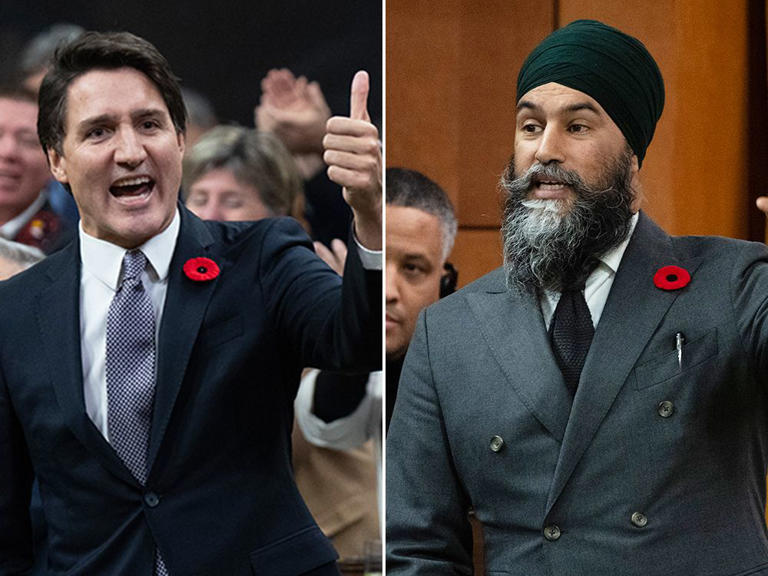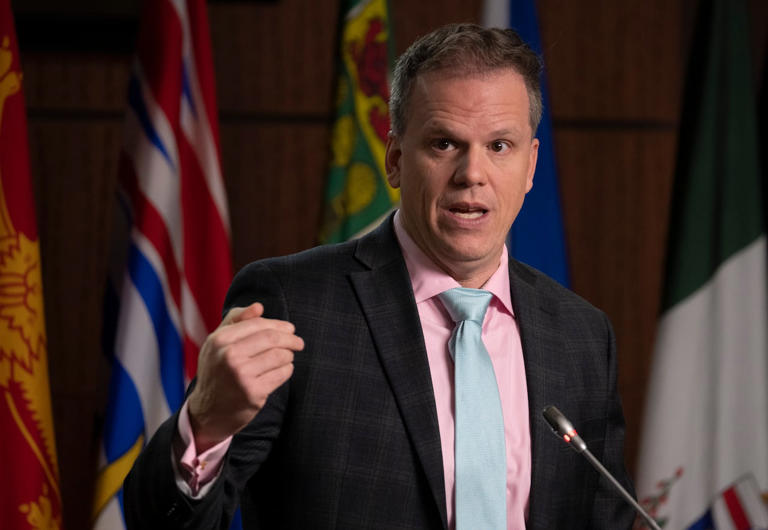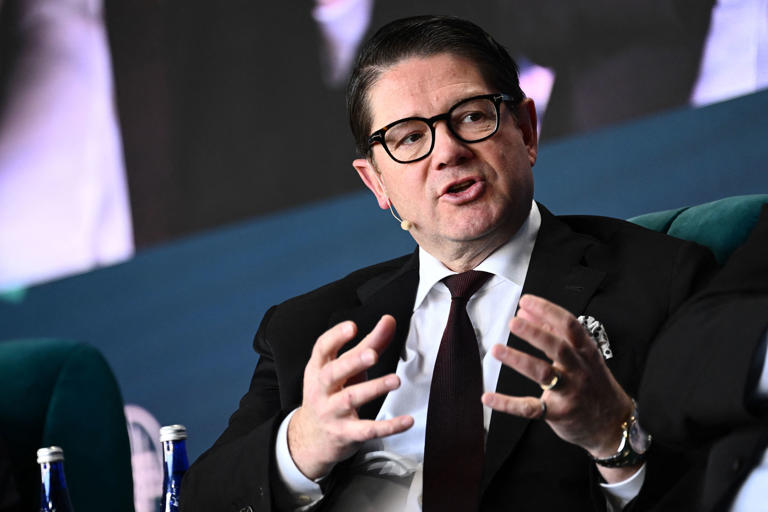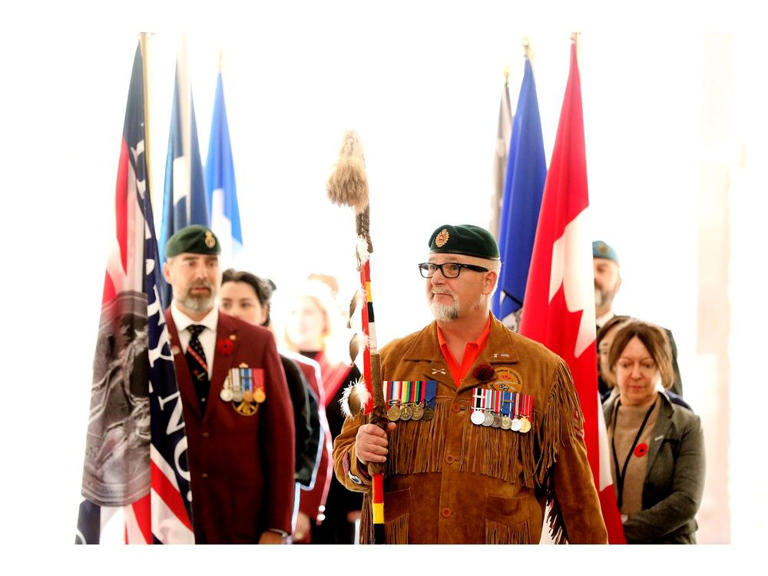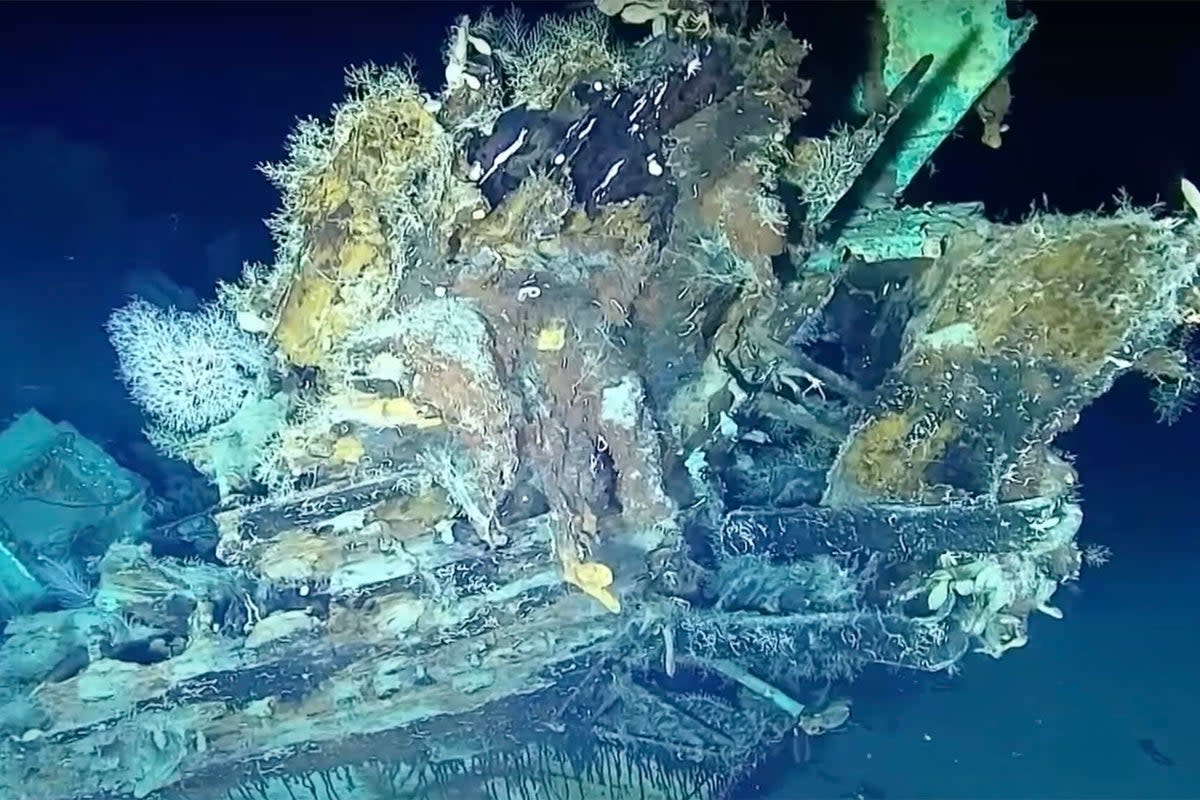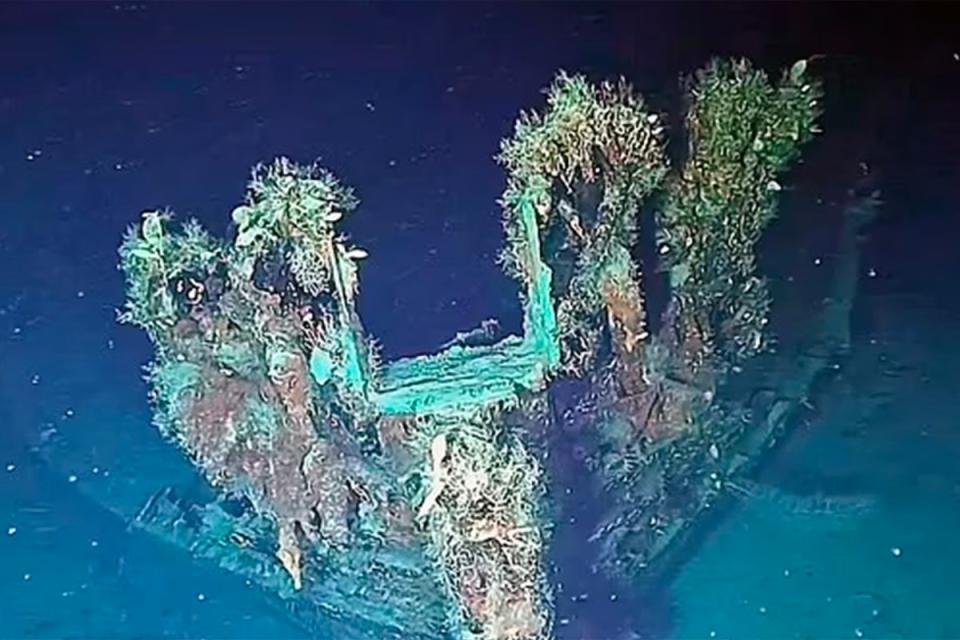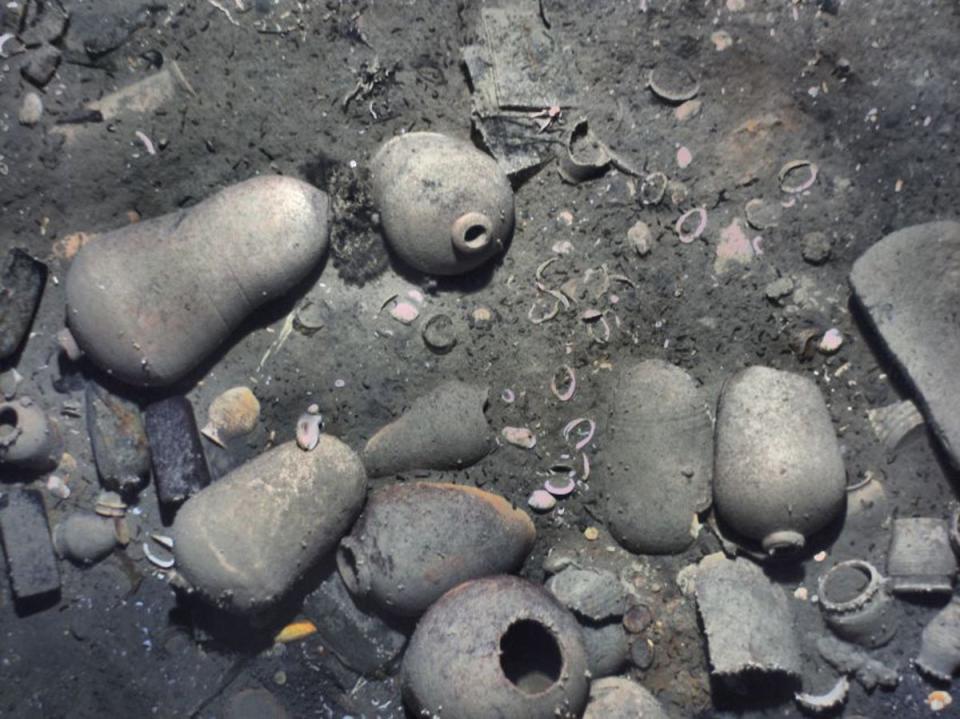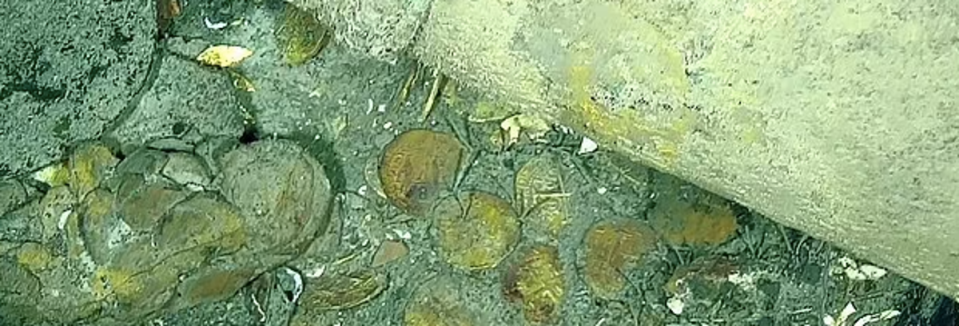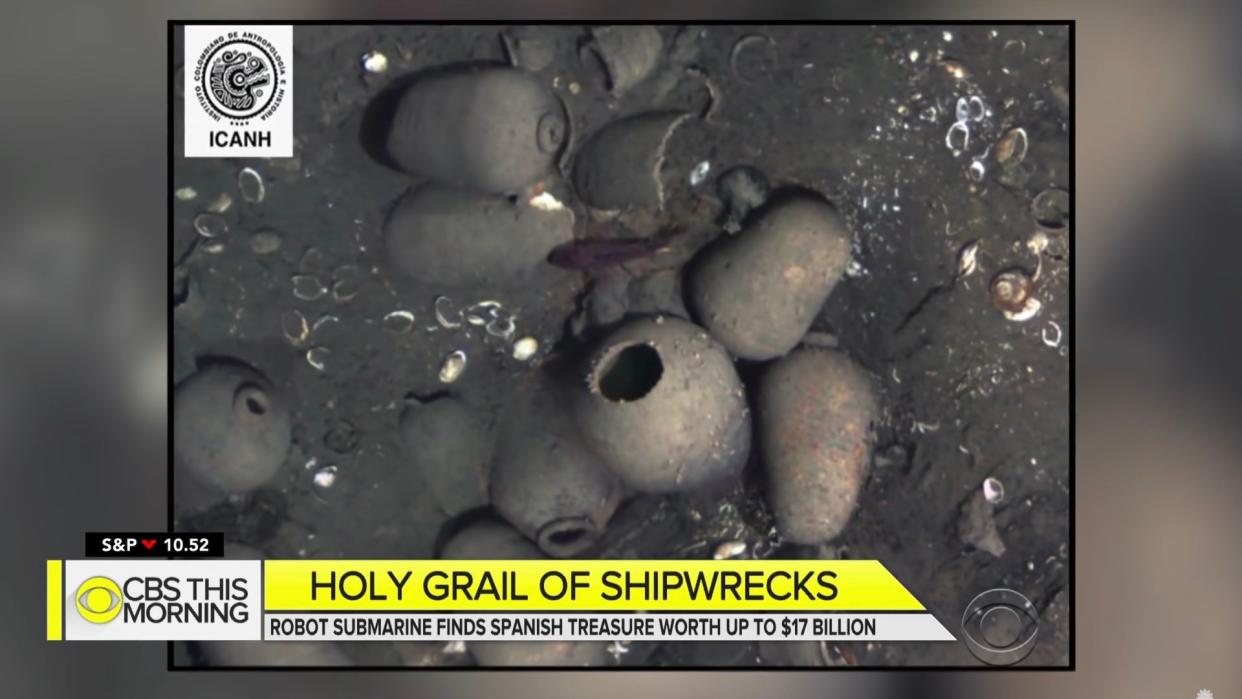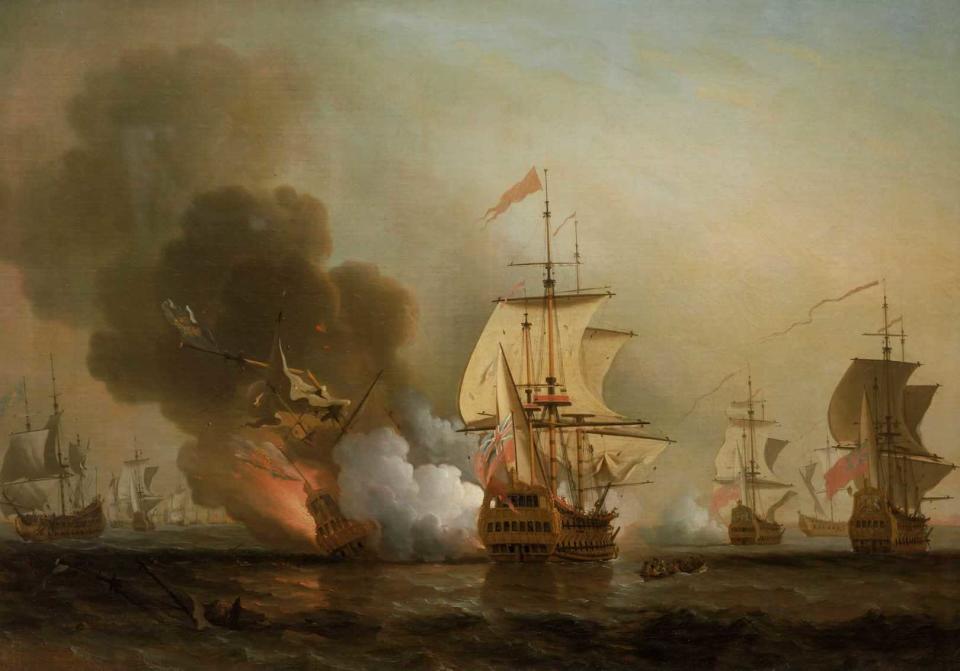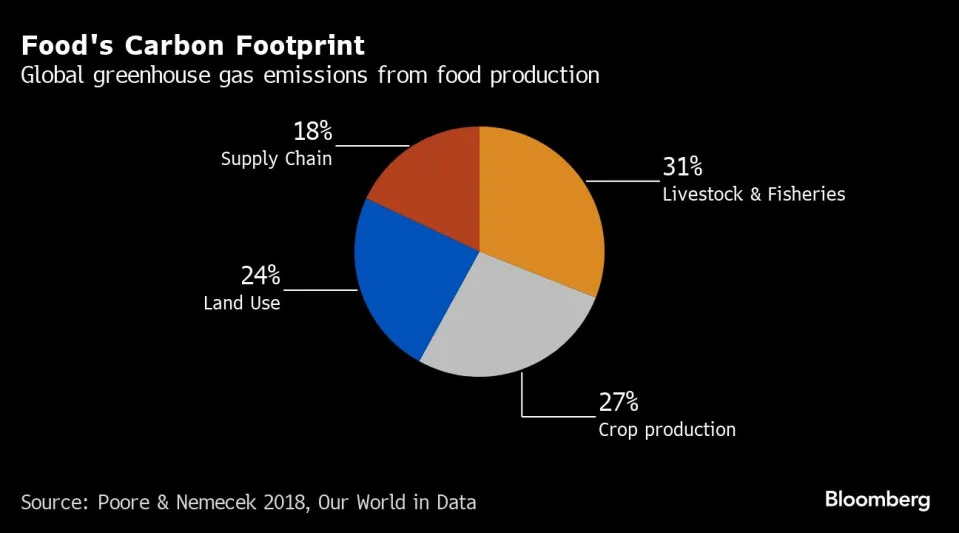Republican presidential candidate proposes border wall with Canada
Story by Alexander Panetta •
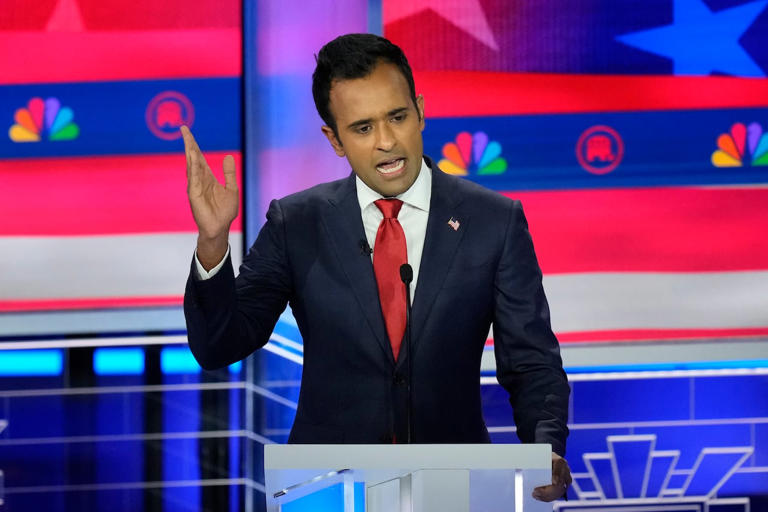
Republican presidential candidate businessman Vivek Ramaswamy speaks during the third Republican presidential primary debate in Miami on Wednesday night
Awall with Canada? The idea came up during a Republican presidential debate, from a candidate insisting his party's border policies aren't tough enough.
Entrepreneur Vivek Ramaswamy brought it up unprompted on Wednesday night in Miami.
Bombing drug labs in Mexico has become an increasingly popular idea in his party, along with building a wall along the southern U.S. border.
But Ramaswamy said these policies don't go far enough. He lamented that the northern border does not get discussed as often as it should.
"I'm the only candidate on this stage, as far as I'm aware, who has actually visited the northern border," Ramaswamy said, on the tail end of remarks about border security.
"There was enough fentanyl that was captured just on the northern border last year to kill three million Americans. So we've got to just skate to where the puck is going — not just where the puck is," he said.
"Don't just build the wall — build both walls."
It was not a throwaway line either. Ramaswamy has begun raising the idea as part of his platform and tweeted about it last month.
Wednesday's debate would have been the highest-profile venue for his proposal.
Ramaswamy also said the U.S. should also use its military to seal any tunnels constructed by trafficking gangs.
Republicans complain about northern border
For context, U.S. Customs and Border Protection reports that two pounds of fentanyl have been seized in the northern border region this year.
That represents approximately 0.0074 per cent of the 27,000 pounds seized overall, according to the agency's figures.
Republican lawmakers have been complaining more frequently about the northern border in the context of unauthorized migration, but the numbers remain a tiny portion of the U.S. total.
A mere 2.7 per cent of people stopped trying to enter the U.S. from Canada since the start of the 2022 fiscal year were actually trying to enter between crossings, according to U.S. data available earlier this year.
Ramaswamy is not the first candidate seeking the Republican presidential nomination to talk about a wall with Canada.
The last time, it didn't end well for the candidate.
For simply musing idly about the possibility of a Canada wall, Scott Walker drew merciless ridicule in the 2016 campaign.
He was derided by other Republicans. The eventual winner Donald Trump even brushed off the idea in an exchange with CBC News.
The Canadian ambassador to the U.S. at the time got in on the mockery. Gary Doer wondered how Walker, the governor of a Great Lakes state, Wisconsin, no doubt aware of that body of water, intended to build a wall across the monumental natural boundary.
Walker quickly backtracked. He soon withdrew from the race.
The New York Times obituary for his failed campaign said his string of gaffes had unnerved supporters, and it specifically cited the Canadian wall comment.
With just a year to the election, Ramaswamy's campaign has already lasted longer than Walker's and is in fourth place in hypothetical national primary polls.
He remains a distant longshot, however, languishing approximately 54 percentage points behind Donald Trump, the Republican frontrunner, who skipped Wednesday's debate.
